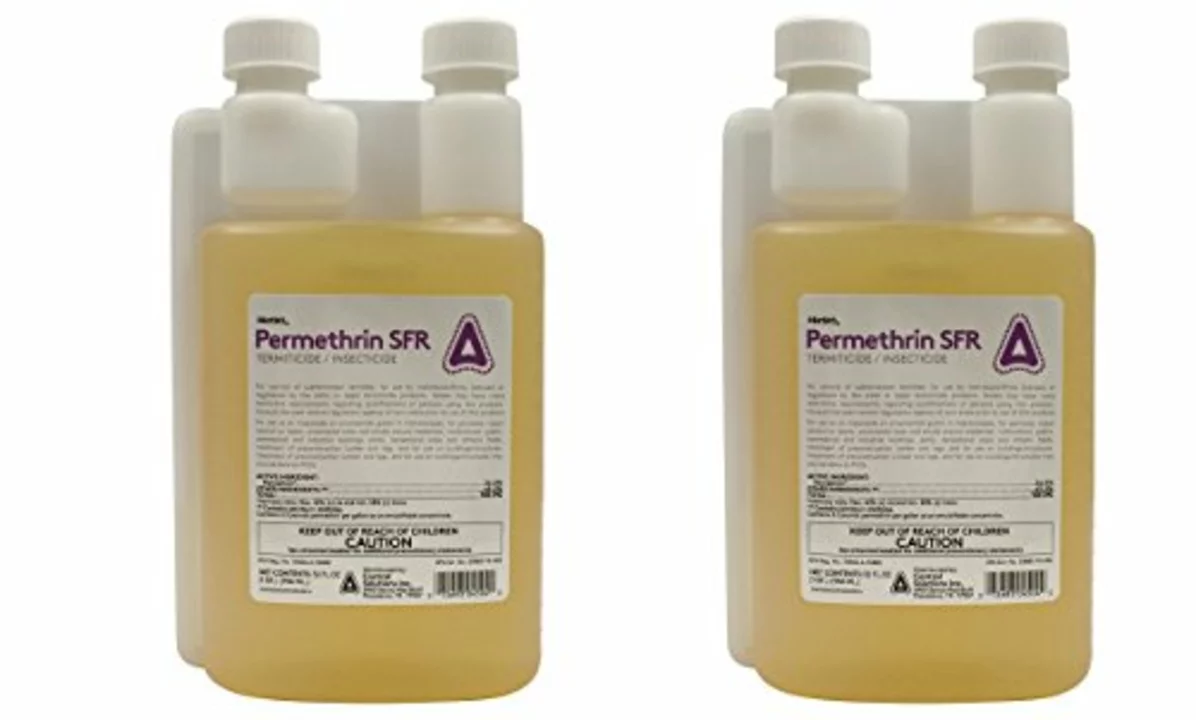Permethrin: what it treats and how to use it safely
A single topical medicine can fix stubborn scabies or head lice — but only if you apply it the right way. Permethrin is a commonly prescribed or OTC topical insecticide that kills mites and lice. This page gives clear, practical steps on when to use permethrin, how to apply it, and what warnings to watch for.
What is permethrin and when is it used?
Permethrin is a topical medicine available as a 5% cream for scabies and a 1% lotion or shampoo for head lice in many places. Doctors prescribe the 5% cream for scabies, because it stays on the skin long enough to kill mites and eggs. The 1% lotion or shampoo is made to treat lice on hair and the scalp. Some countries sell lice products over the counter; scabies treatments usually need a prescription.
Wondering if it will work for you? If you have itchy, red tracks on your skin, or see live lice or nits (tiny white eggs) on hair shafts, permethrin is a standard and effective choice. If symptoms persist after treatment, you may need a recheck — either the application was incomplete, or resistance is present.
How to apply permethrin — simple step-by-step
Follow these steps to get the best result: apply permethrin to clean, dry skin or hair; use enough to cover the entire area (for scabies, that means from the neck down in adults and including the face and scalp in infants); leave it on for the time directed (usually 8–14 hours for scabies cream) and then wash it off; for lice, apply to dry hair, leave as directed, and comb out nits with a fine-tooth comb. Don’t rinse earlier than recommended. Wash clothing, bedding, and towels used in the previous 48 hours in hot water, or seal them in a plastic bag for 72 hours to prevent reinfestation.
Tip: Treat close contacts at the same time for scabies to avoid passing it back and forth. For lice, recheck and repeat treatment if live lice are still seen after 7–10 days.
Safety, side effects, and when to see a doctor
Most people tolerate permethrin well. Common side effects include mild burning, stinging, redness, or itch where it was applied. If you develop a strong rash, swelling, trouble breathing, or signs of infection, stop use and seek medical help. Use caution with infants, pregnant or breastfeeding people — check with a healthcare provider first. Avoid getting it in the eyes or mouth. If symptoms don’t improve after recommended treatment or return quickly, see a doctor; you might need a different medication such as oral ivermectin or a repeat topical treatment.
Store permethrin at room temperature away from heat and sunlight. Don’t use products meant for pets on people. If you’re unsure about dose, coverage, or treating household members, call your clinic — a quick check can save a lot of time and prevent reinfestation.
Need help choosing the right product or using it correctly? Ask your pharmacist or doctor — they can show proper application and advise on alternatives if permethrin isn’t appropriate for you.

